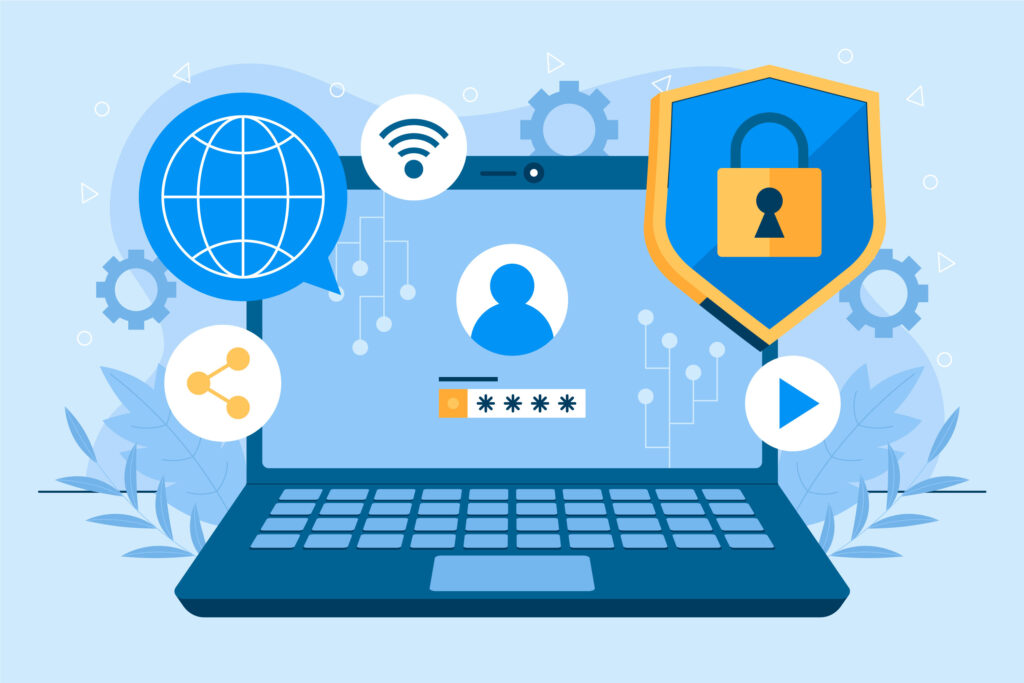How to Protect Your Privacy Over the Web?

The amount of personal data that you share online is ever increasing. You have to take greater care about your privacy today. Hackers, advertisers, and even governments may gain access to information that you post on the web. There are some easy steps that you can take to ensure your privacy and limit unwanted tracking and potential security risks. Here is a step-by-step guide on how to maintain your privacy on the web:. 1. Different Passwords For starters, a good, strong password is your best weapon against unauthorized access to one’s accounts. How are secure passwords created? Consider using a password manager to store unique passwords for various accounts, or even for the accounts that you only access in your browser. Password managers encrypt your passwords, which only you can access. 2. Enable Two-Factor Authentication (2FA) Two-factor authentication (2FA) provides an additional security layer by requiring another authentication step, which may be through a code sent to your phone in addition to your password. Here’s why you need 2FA: 3. Apply Privacy-Focused Browsers and Search Engines Most popular browsers happen to be the data collectors. In most ways, sticking to privacy-focused Firefox or Brave would help keep relatively more stuff confidential. It is good to use search engines like DuckDuckGo instead of Google, which has a history of tracking each search and storing tons of information about an individual user. 4. Be cautious using public WiFi. Public Wi-Fi networks, though very convenient, provide little security and can, therefore, become a hotbed for hackers who might snoop through your data. Here is how you are going to keep it safe: 5. Limit social media sharing. Social media is among the most common sources of personal data leaks. Be safer by considering the following measures: 6. Phishing scam Phishing scams are activities by cybercriminals aiming to trick you into releasing personal information. This mainly occurs through fake emails and websites. Here’s how to identify and avoid these scams: 7. Keep your software updated. 8. Use secure email services Standard email services are prone to scanning your messages for advertisements. To further improve your privacy, consider using secure email providers such as ProtonMail or Tutanota, which put user privacy first with encryption and anonymous sign-ups. Protect Your Privacy: Final Thoughts By following simple steps like these, you can take control of your privacy and keep your personal information safer on the web. Remember, protecting your privacy is an ongoing process, so keeping updated with the latest security practices can help your data remain safe.

